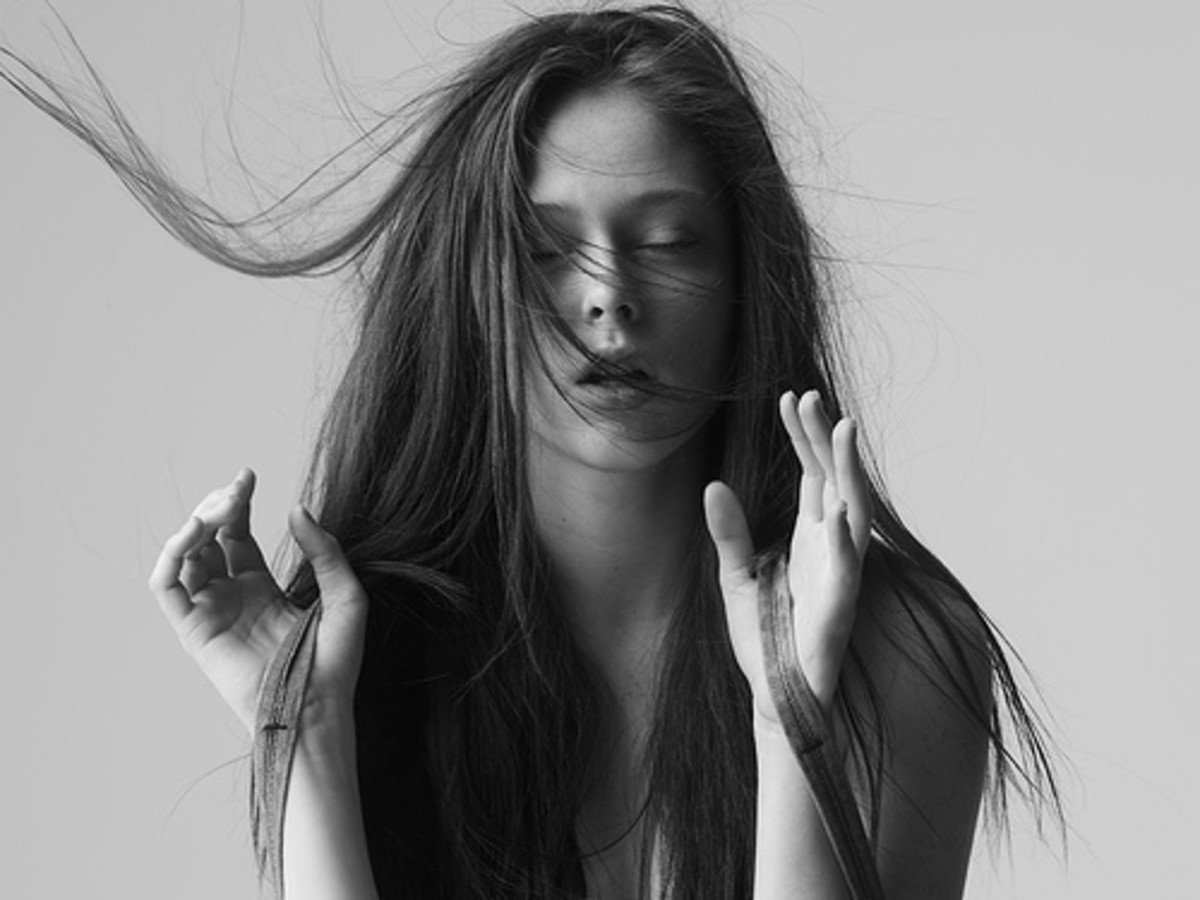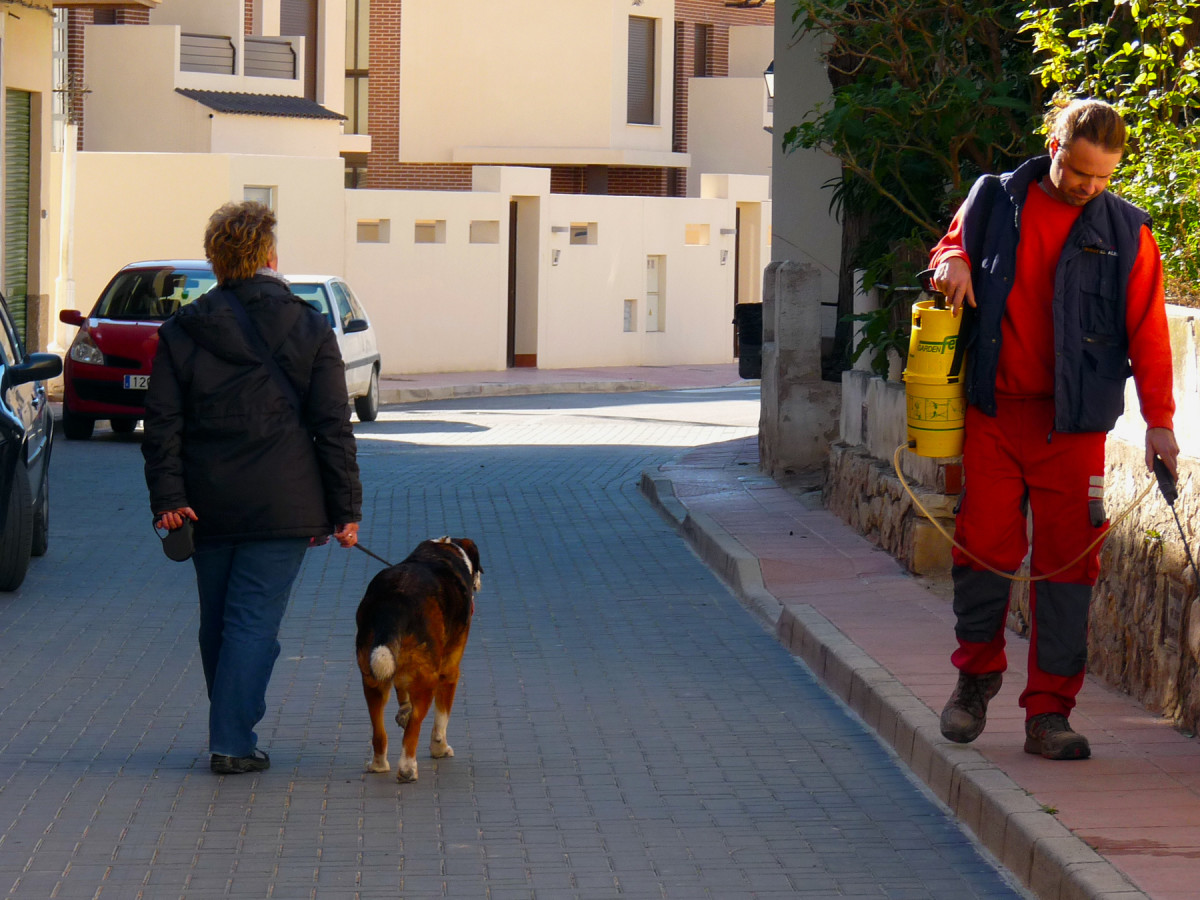Understanding ISO Sensitivity and the Exposure Triangle in Digital Photography
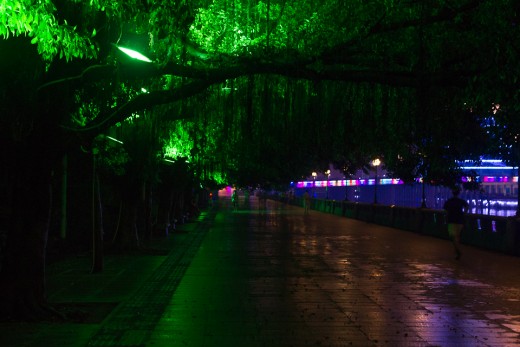
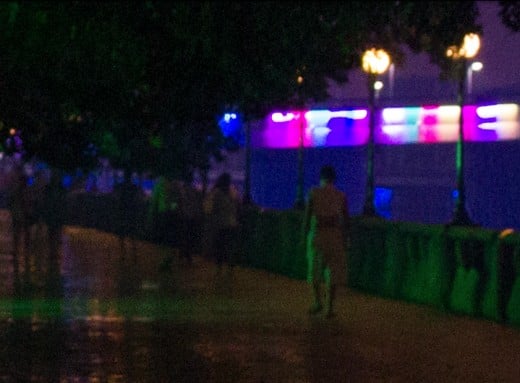
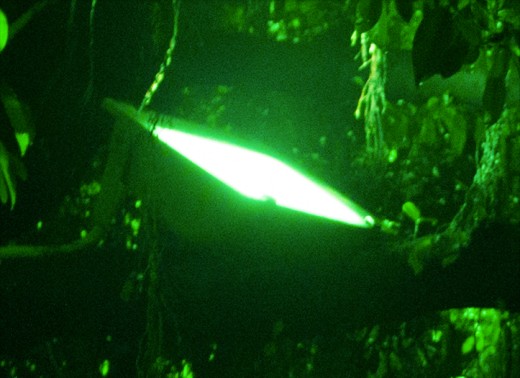
When you press the shutter release button on your camera, it clicks and an image appears almost as if by magic. In changing lighting conditions and situations, your camera simply knows how to make a well-exposed image.
It's not really magic, though. It's science. If you understand how the three basic settings - shutter speed, aperture, and ISO sensitivity - work together to create the exposure of an image, you can make these decisions yourself.
This is important because these settings also impact other aspects of an image besides exposure. There may be dozens of combinations of settings that create the "correct" exposure, but only a few will meet your artistic needs. In the case of ISO sensitivity, you're making a trade off between light and noise.
What Is ISO Sensitivity Anyway?
Let's start with a simple definition of ISO sensitivity.
Basically, this setting affects how the image sensor captures and records light. If you turn it up, the sensor amplifies the light signal - brightening the image. If you turn it down, the sensor doesn't amplify the signal and you end up with a darker image. There's a lot of complicated electrical engineering involved in how it works, and frankly the details don't really matter.
ISO sensitivity mimics the "speed" of film in older film cameras. Film used to be rated with a speed - i.e. ASA 100, ASA 200, or ASA 400. Higher speeds took up light more quickly, resulting in brighter images.
For a more thorough explanation, see this article on ISO sensitivity and digital photography. But for now, you can think of ISO sensitivity as a kind of volume knob for your camera. Turn it up, but don't turn it up too high.
ISO Sensitivity: How It Affects Exposure
Like shutter speed, ISO sensitivity has a simple and direct relationship to exposure.
Turning the ISO sensitivity up increases exposure. The setting is typically measured by a number in increments of 100 and powers of 2 - 100, 200, 400, 800, 1600, etc. Some cameras do have intermediate settings, though.
If you double the ISO sensitivity (i.e. 200 to 400 or 800 to 1600), you effectively double the amount of light being captured and increase the exposure by one stop. If you halve the ISO sensitivity (i.e. 3200 to 1600 or 200 to 100), then you effectively cut the amount of light in half and decrease the exposure by one stop.
As with aperture, there are maximum and minimum ISO settings that are determined by the quality of your camera. Older digital cameras maxed out around 1600 ISO, while newer cameras can crank out photos at ISO ratings of 6400 or 12800 (for example, see this hub on the Canon EOS Rebel t4i).
In low light settings, you'll typically want to turn the ISO setting up. For example, the photo above was taken in the evening along the waterfront in Guangzhou, China. There was little light, except for the ambient light from the buildings and the green light inside the trees. I turned the ISO up to 1600 to amplify this light, and the scene was still very dark (as it appeared to the naked eye).
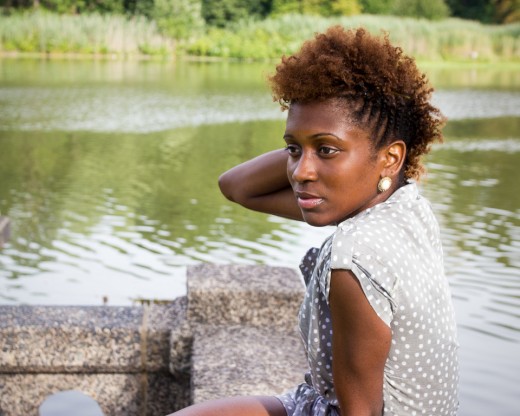
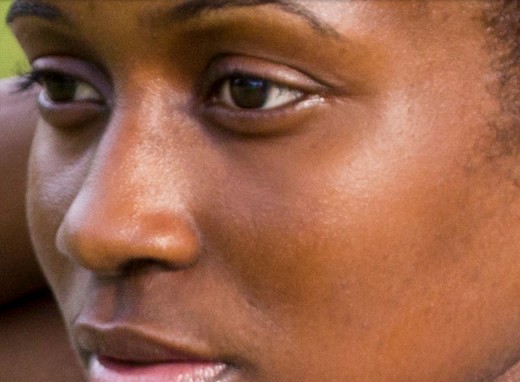
ISO Sensitivity: Noise, the Trade Off
With shutter speed and aperture, you can manipulate them for artistic concerns as well as exposure. With the ISO setting, though, there's a simple trade off - more light leads to more noise. Less noise is better than more noise, but sometimes you don't have any choice.
Noise is that speckling that you see in the photos at the top of this hub. An ISO sensitivity of 1600 isn't awfully high, so there's a relatively modest bit of noise. You may not even notice it much in the whole image, but the other two shots (viewed at a 1:1 magnification) reveal some clear noise.
It's not pretty, and there's really no artistic reason to include it in your photos. It's just something you deal with in order to get a properly exposed photo. Notice, also, how the darker part of the scene has more noise in it. Noise is exacerbated by a lack of light or by amplifying light in post production.
The pictures to the right, however, are different. These were taken in daylight, and there was ample ambient light for the image. This image was shot at ISO 400, a fairly standard setting that typically results in little noise. Here you don't see any noise in the image, nor do you notice any apreciable level of noise in the 1:1 magnification.
As a general rule of thumb, you want to keep ISO as low as you can. You only turn it up when you need to offset changes to aperture and shutter speed.
Studio photographers will typically shoot at 100 or 200 ISO, because their strobes provide a ton of light. ISO 400 and 800 are fairly typical walking around settings, and they work well outside in the daytime or in a typical building. Higher ISO ratings, from 1600 to 6400, are typical for low light settings. For example, I usually use ISO 6400 when I'm shooting high school basketball, because I need to offset the higher than average shutter speed (1/400).
Note, also, that post processing software (like Adobe Photoshop Lightroom) can do wonders for reducing noise. While they can't necessarily eliminate all noise from a photo, they can make modest levels of noise virtually disappear. This is especially true if you're viewing photos online; the noise is more apparent when an image is printed.
You may want to read these other hubs as well, to learn about the rest of the exposure triangle:

